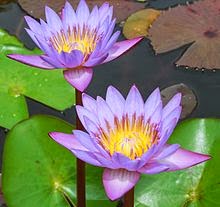Vesak is the main Buddhist religious festival in Sri Lanka. During this time, people celebrate the triple anniversary of Lord Buddha - his birth, his attaining of Enlightenment and his passing away into Nirvana.
Also known as the Buddhist Festival of Light, colorful bamboo framed lanterns adorn the interior of every home and incredible luminous displays decorate the streets of most towns. Visit Bhauddoloka Mawatha, the main street in Colombo, to catch this glowing spectacle in full glory.
Vesak marks the first month of the Buddhist Calendar. This is a day spent in reflective prayer as people cease wordly pursuits and engage themselves in religious activities. Devotees Buddhists pray in temples from dawn until the dusk. As the sun sets, devotees partake in processions and return to the temples in the evening to hear monks read stories from sacred texts.
Stalls on the roadside distribute free refreshments to passers-by and there are some fantastic mime and street theatre performances, staged on tall platforms near temples in cities and towns throughout the country.
Also known as the Buddhist Festival of Light, colorful bamboo framed lanterns adorn the interior of every home and incredible luminous displays decorate the streets of most towns. Visit Bhauddoloka Mawatha, the main street in Colombo, to catch this glowing spectacle in full glory.
Vesak marks the first month of the Buddhist Calendar. This is a day spent in reflective prayer as people cease wordly pursuits and engage themselves in religious activities. Devotees Buddhists pray in temples from dawn until the dusk. As the sun sets, devotees partake in processions and return to the temples in the evening to hear monks read stories from sacred texts.
Stalls on the roadside distribute free refreshments to passers-by and there are some fantastic mime and street theatre performances, staged on tall platforms near temples in cities and towns throughout the country.
















.jpg)










